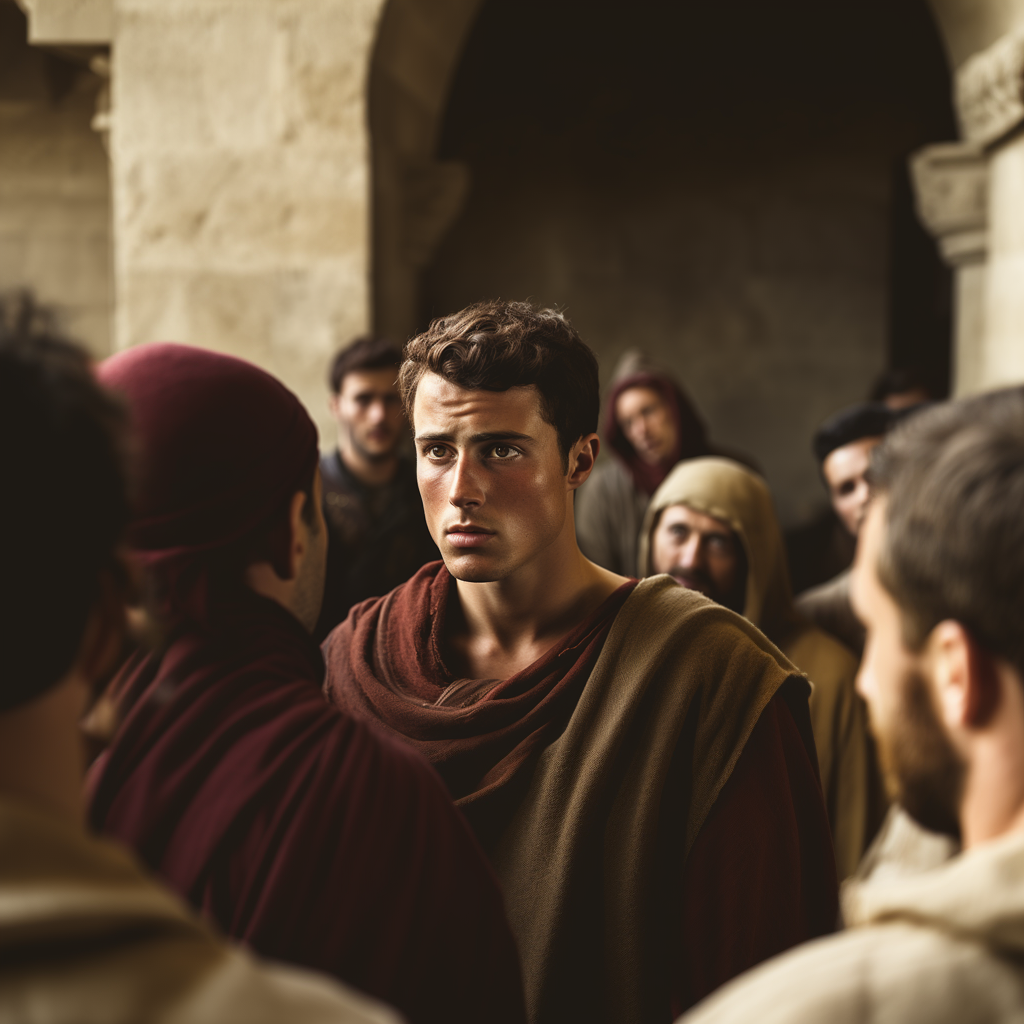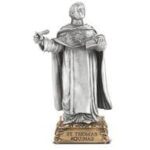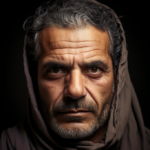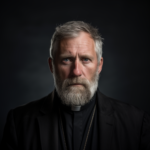
St. Stephen
St. Stephen
When they lived:
St. Stephen, also known as Saint Stephen the First Martyr, is believed to have lived in the first century AD, during the early years of Christianity. The exact dates of his birth and death are not recorded.
Where they lived:
St. Stephen lived in Jerusalem, a crucial center for early Christianity. Jerusalem was part of the Roman Empire during his time, and it held great religious and cultural significance.
Notable world events during the time of their life:
- The Roman Empire: St. Stephen’s lifetime coincided with the height of the Roman Empire’s power and expansion.
- The Life of Jesus Christ: His life overlapped with the ministry and crucifixion of Jesus Christ.
- The First Jewish-Roman War (66-73 AD): This devastating conflict had a profound impact on Jerusalem and the surrounding regions.
- Spread of Christianity: St. Stephen’s life coincided with the early spread of Christianity throughout the Roman Empire.
- Scientific Discoveries: While not directly related to St. Stephen, this era witnessed advancements in various scientific fields.
- Roman Emperors: St. Stephen lived during the reigns of several Roman emperors, including Augustus, Tiberius, and Nero.
Their patronage:
St. Stephen is the patron saint of several groups and causes:
- Patron of Deacons: St. Stephen is regarded as the patron saint of deacons, a role of service within the Christian church.
- Stone Masons: His patronage extends to stone masons, symbolizing his stoning death.
- Horses: In some regions, St. Stephen is also considered the patron saint of horses.
St. Stephen’s life is a testament to the early struggles of Christians and the enduring legacy of faith in the face of adversity. His story continues to inspire people around the world, and his patronage is a reminder of his enduring significance in various aspects of life.
Early Life
St. Stephen was a deacon who was the first martyr and was later declared a saint. Born in 5 AD and believed to have died sometime between 33 and 36 AD, he is celebrated on different days based on location. In Armenian Christianity, he is celebrated on the 25th of December; in the West, he is celebrated on the 26th of December; and in Eastern Christianity, he is celebrated on the 27th of December.
St. Stephen is believed to have been born a Jew, and there is not much information about his background.
His Work
St. Stephen was a deacon in the early church in Jerusalem, and he was considered an archdeacon because he was the oldest amongst the deacons. According to the Acts of the Apostle, he angered a lot of members of synagogues with his teachings.
He was one of the seven Greek-speaking Hellenistic Jews who were selected to participate in the fair distribution of welfare to the Greek-speaking Jews.

St. Stephen was also known for having great faith and being full of the Holy Spirit, as he was able to perform miracles in various synagogues of Hellenistic Jews. He performed miracles in Asia and Cilicia. He also had debates in these synagogues, as the members would challenge his teachings, but he was able to baste them in these debates.
Road to Martyrdom.
Due to the fact that he was able to baste his opponents during debates,it angered them as they were humiliated, and this resulted in them making false testimonies against them. They dragged him to appear before the Sanhedrin, which was the supreme legal court of Jewish elders.
The accusations that were leveled against him included that he was preaching against the temple and the Mosaic Law. During that trial, he presented a speech on the history of Israel, and he established that God does not dwell in one place, the temple. In his speech, he also spoke about Israel’s disobedience to God.
All this resulted in him being accused of being blasphemous during his trial as he publicly denounced the Jewish authorities who were judging him. He denounced them by stating that they were resisting the Holy Spirit, and he also called out their ancestors for persecuting prophets and those who predicted the coming of the Righteous One.
All this resulted in him being stoned to death as the crowd could not contain their anger after listening to his speech. However, during that time, St. Stephen looked upwards and cried, telling them about an open heaven he was seeing and the Son of Man who was standing on the right hand of God.
As he was being stoned, he prayed that the Lord would receive his spirit and for his killers to be forgiven. He then went down on his knees and fell asleep”. During the whole ordeal, he is reported as being undisturbed with a face that looked like that of an angel.
After he was stoned, it is reported that there were Godly men who buried him and mourned him deeply, but the location of where he was buried was not specified.
It is believed that his speech, comprising almost the whole of Acts Chapter 7, is indicative of his personality, with some modern-day scholars laying the charge of anti-Judaism against the speech.
After the death of St. Stephen, the remaining disciples fled to distant lands, with many of them fleeing to Antioch.
The Legacy
St. Stephen is known as the saint of bricklayers and stonemasons.
In 415, a priest named Lucian had a dream that revealed the location of St. Stephen’s remains, and these remains were taken to the Church of Hagia Sion on December 26, 415. In 439, these remains were moved again to the church north of the Damascus Gate.
He is considered a saint in the Catholic, Anglican, Oriental Orthodox, Lutheran, and Church of The East.
Most of his artistic presentations usually show him as a young man without a beard, with a tonsure, wearing a deacon’s vest.
5 Interesting Facts About St. Stephen
- Saul, who later became the Apostle Paul, was present when St. Stephen
was stoned to death. - The only source of St. Stephen’s information is the Acts of the Apostles in
the New Testament - Most artistic presentations of St. Stephen show him wearing a crown.
symbolizing martyrdom. - The exact site of where St. Stephen was stoned is not mentioned in
the Acts of the Apostles, and there are two places claimed by two
archeologists. - There are numerous speeches from St. Stephen in the Acts of
Apostles.
Prayer to St. Stephen
We give you thanks,O Lord of glory, for the example of the first martyr, who looked up to heaven and prayed for his persecutors to Your Son Jesus Christ, who stands at Your right hand, where He lives and reigns with You and the Holy Spirit, One God, in glory everlasting. Amen.



